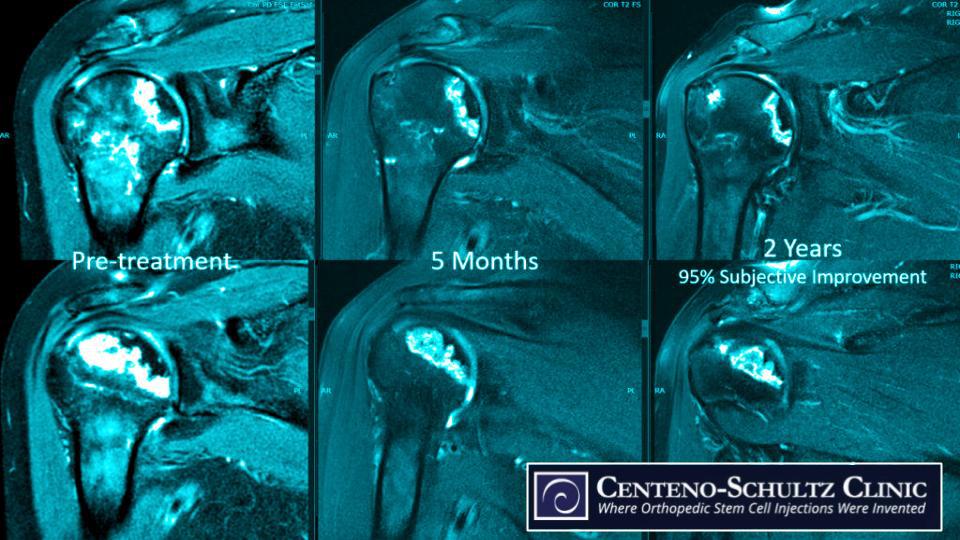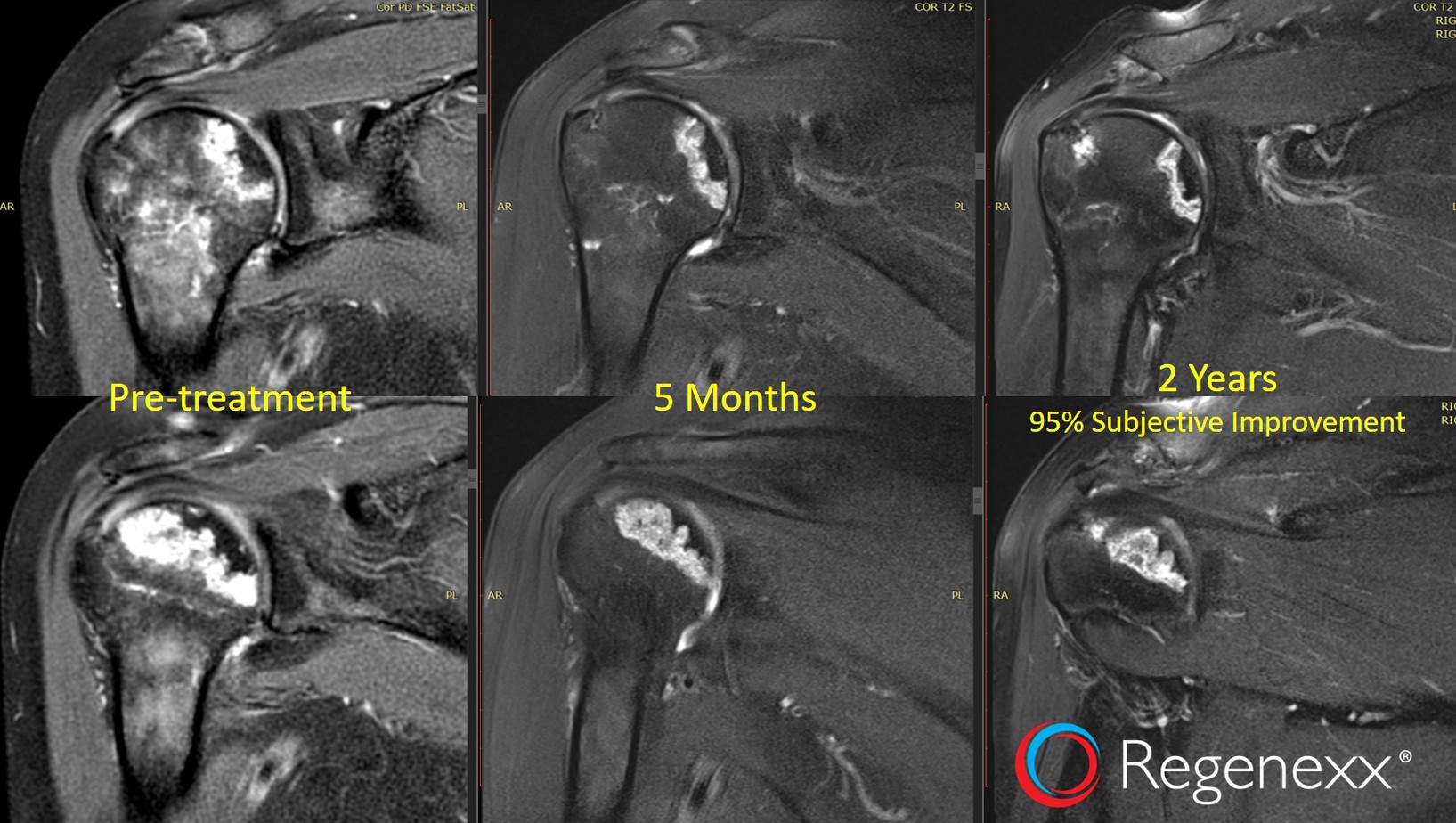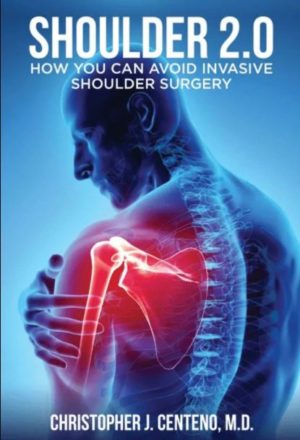We love following up with our patients to find out how they are doing weeks, months, and even years following their treatments. Perhaps the most exciting of these are those patients whose issues were so severe that even surgery had nothing to offer them, yet they turned to interventional orthopedics and report successful outcomes following regenerative-medicine treatments. So, today, we’re going to share a follow-up on a patient we treated in 2015 for two separate shoulder issues: a fracture nonunion and AVN. First, let’s define fracture nonunion and AVN.
Fracture Nonunion and AVN Defined
Fractures, most commonly the result of injury, typically take a few months to fully heal. If, for some reason, they don’t fully heal, this is called a fracture nonunion. Avascular necrosis (AVN), or osteonecrosis (ON), is a bone disease that occurs when the bone doesn’t have the ability to maintain itself so it begins to die. The patient we will discuss today, unfortunately, had both a fracture nonunion and AVN.
Stem cells are involved, at some level, with both fracture nonunion and AVM. For example, the stem cell content in the bone correlates with the bone’s healing ability. In other words, fewer stem cells equal less bone-healing ability and bone issues are more likely to occur (e.g., fracture nonunions and AVN). Hence, getting more stem cells into the bone can help address the damaged tissue and help the bone help itself.
This is what we were able to accomplish with our patient with the shoulder fracture nonunion and AVN. How did the patient do? Let’s review.
Nonunion Fracture and Shoulder AVN Patient Follow-Up
The first dramatic result is clearly shown in the shoulder MRI progression below:
The pre-treatment image is on the left. The bright spots show bone that is fractured and dying. In the middle image at five months post-treatment, we see significant improvement with the dark areas now filled in showing more healthy bone. Finally, in the two-year results image on the right, we see even more improvement, with even fewer bright areas in the bone.
It’s important to note that the patient does have two areas where, though significant improvement occurred, the bone never fully healed. Structurally, she is dramatically improved and reports in her own words that she is 95% improved, so the patient may or may not need further treatment down the road.
This was a patient that surgeons wouldn’t touch, and, similarly to the patient we recently shared who had a severely damaged ankle due to a nonhealing fracture, we also weren’t sure we would be able to help this shoulder patient. This was another patient, however, who far exceeded our expectations following a precise injection of her own stem cells into her badly damaged and diseased shoulder. It’s fascinating to study the MRI of her shoulder showing bone healing without surgical intervention. What you don’t see on this MRI—plates, screws, incisions, grafts, and so on. What you do see—a dramatically improved fracture nonunion and AVN of the shoulder using only the patient’s own stem cells.


